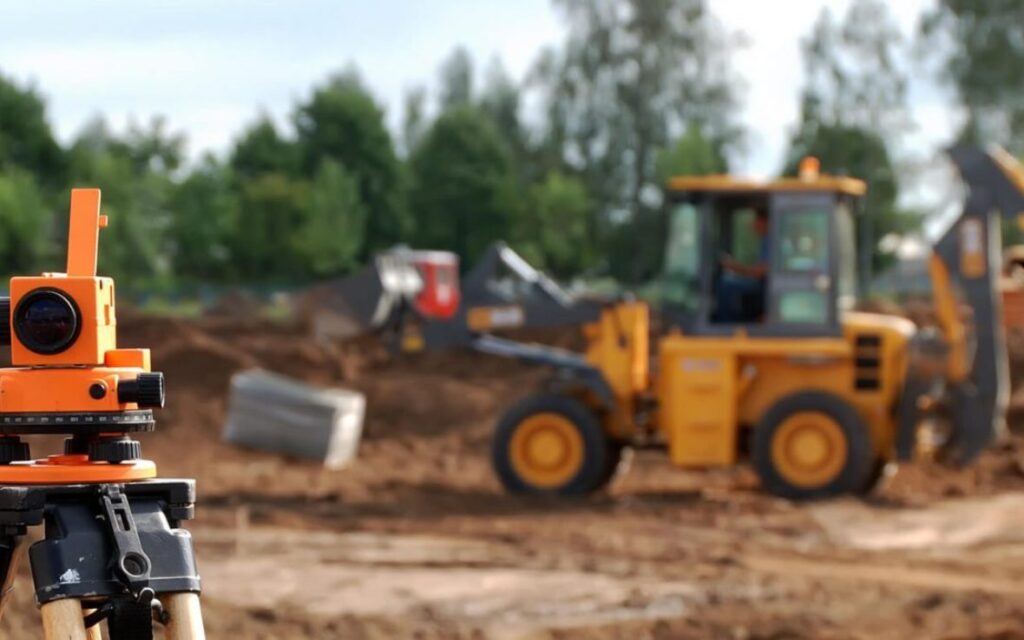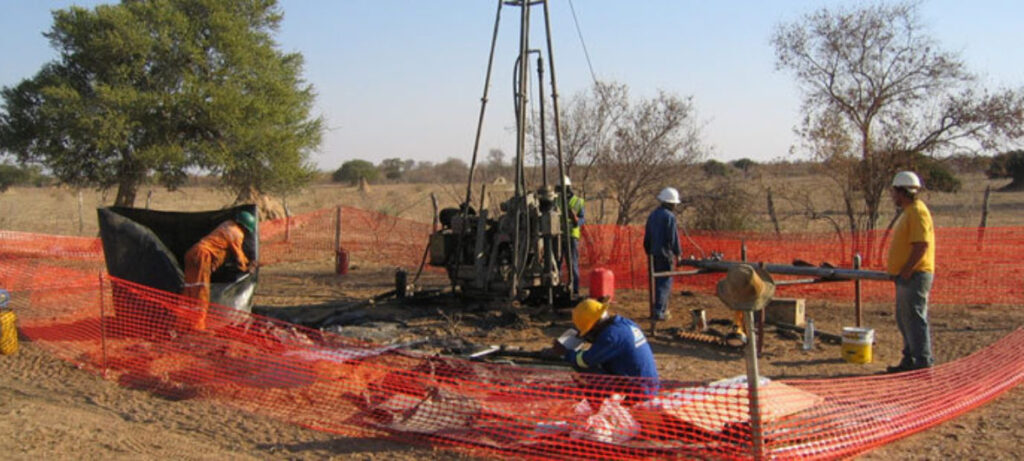Geotechnical Investigations

Today, we’re going to talk about geotechnical investigations, which are an important requirement for any project. They should be carried out to determine the existing ground conditions on site, with the goal of providing the information that the structural engineer needs to design the project’s foundations.
Geotechnical investigations are always undertaken by geotechnical engineering companies. There are various different types of foundation which are suited to different ground conditions and structure types, which we’ll discuss in more detail in a later article.
TYPES OF FOUNDATION
- Footings
- Pad foundations
- Raft foundations
- Pile foundations


Just a few of the factors that can be critical to the design of foundations include contaminants, ground conditions, ground movement, flooding and a water table level on site. A well undertaken geotechnical investigation will provide details on these factors prior to the design commencing. The geotechnical investigation details are also important for the contractors who are building the project, as it will give them an idea during the tender process of the best construction sequences to be adopted when excavating.
This is especially relevant when it comes to basement excavations and the temporary works that need to be considered when constructing a project. A desktop survey can be undertaken initially to determine any historical information that’s available on the proposed site. This includes historical maps and geotechnical maps of the existing site conditions when available.
There are a number of different types of geotechnical survey, including:
- Trial pits: A pit is dug either manually or with an excavator to reveal soil conditions at the required depth. This is particularly relevant for domestic projects.
- Trenching: Similar to trial pits but extended over a distance to establish ground conditions. Trenching is useful where the site conditions vary in nature.
- Boring: Undertaken with small diameter bores. Samples from these investigations are usually sent to a lab for testing.
- In situ testing: These include penetration testing, such as standard penetration tests (SPT) and cone penetration tests. These types of tests directly measure the physical properties of the subsurface.
It’s worth noting that on larger projects, a combination of all of the above may be required to provide as accurate a reflection as possible and to remove risks caused by the ground conditions. We always recommend that our clients undertake a thorough investigation of existing site conditions from the commencement of the design to the construction of their projects. This will save time, cut costs and improve construction processes for projects.

CONCLUSION
This has been a very brief introduction to geotechnical investigation requirements, and while we hope it’s helped you to wrap your head around the subject, it’s always best to consult with a qualified geotechnical engineer if you’re working on a project of your own.
We here at LSY Engineering Consultants Ltd work with geotechnical investigation companies and are always happy to help out with the scopes and to make connections. So if you want to let us know about your project then be sure to get in touch to discuss it in further detail. We look forward to working with you!
Back to all news